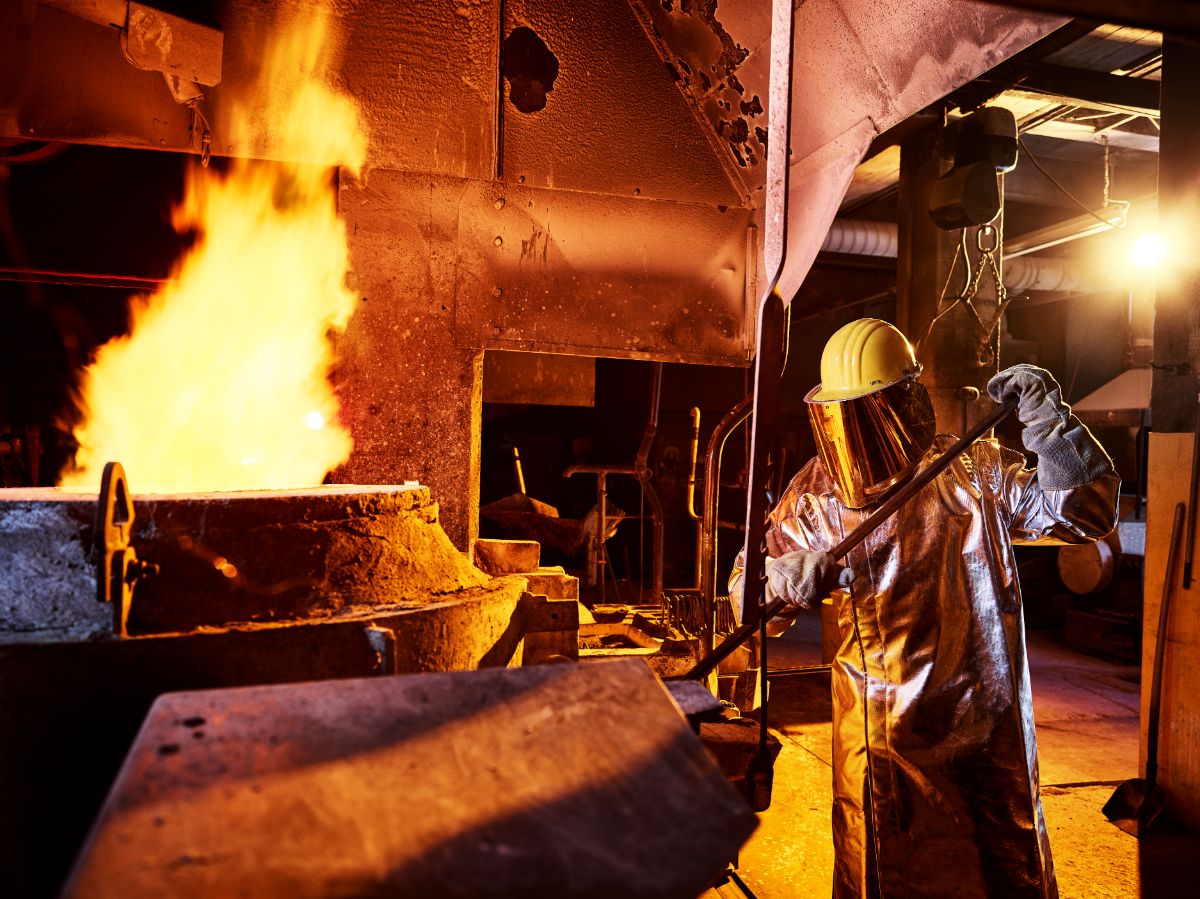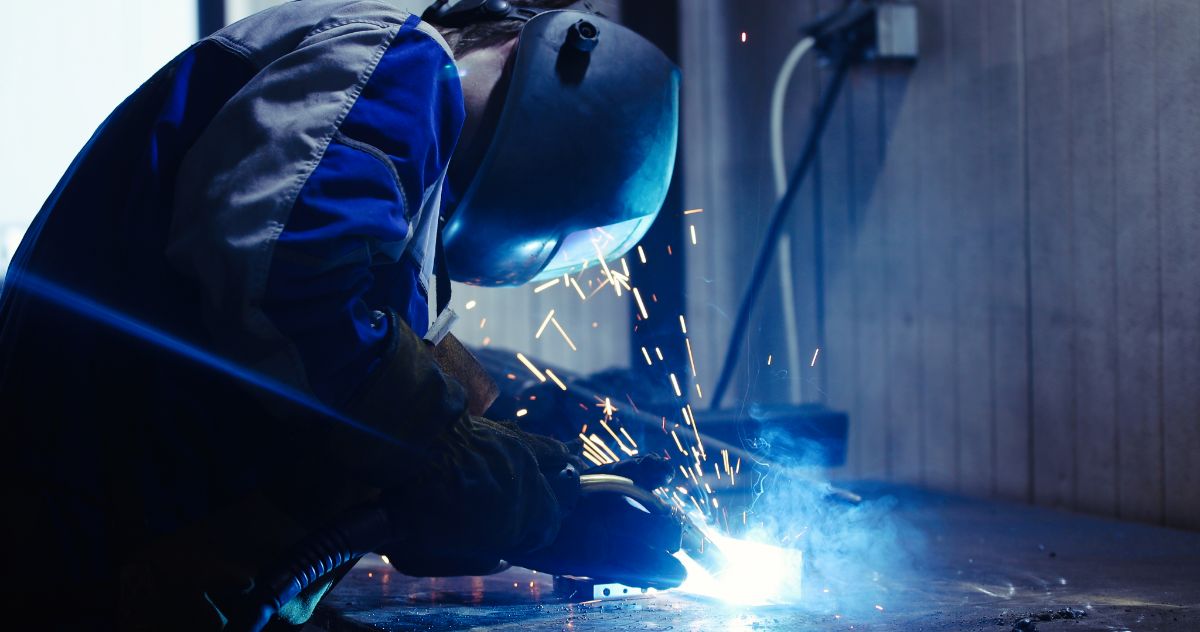What do you need to know about the process of aluminum fabrication?
- What is an aluminum fabrication process?
- What are the benefits of the aluminum fabrication process?
- What are the common aluminum fabrication processes?
- Which aluminum fabrication process is best for your project?
When it comes to choosing the base material for your project’s fabrication process, it is highly recommended to use aluminum over other materials. Because of its versatility and many advantages, there are different ways to fabricate it and each fabrication process can affect its physical properties and your project cost as well.
In this blog, we dive deep into different aspects of the aluminum fabrication process such as forging, rolling, casting, and extrusion. This will help you familiarize yourself with the process, which can help you with your aluminum project. Read on.
What is an aluminum fabrication process?
The aluminum fabrication process is all about forming aluminum into a specific shape. Under this process are different techniques, which either involve chemical or physical methods of forming aluminum and providing different physical properties.
It’s important to understand the basics of this process, if you’re looking to get aluminum products, or have custom pieces manufactured for your project. This knowledge can help you choose the right fabrication process and products that can meet your project goals.
What are the benefits of the aluminum fabrication process?

The aluminum fabrication process offers a wide array of benefits that every industry that needs this process must take advantage of for the betterment of their projects such as:
It is lightweight
Aluminum is widely known for its soft and lightweight properties. That’s why it’s easier to fabricate than other metals such as steel because it’s stronger, making it more efficient.
It is easy to work with
Aluminum is also recyclable, corrosion-free, and non-toxic. Therefore, people should not deem aluminum fabrication as weak because of its lightweight and should see it as impressively durable and reliable.
It is affordable
Aluminum is an affordable metal that is a great pick for both light- and heavy-duty applications.
It is non-magnetic and non-toxic
If you need a fabrication process for your electrical projects, aluminum is the best choice since it has non-magnetic properties. Except for that, it’s non-toxic. Many food industries are using aluminum for packing their food projects because it does not affect the food’s taste or smell.
It can be customized
Aluminum can be fabricated in various shapes and styles for good finishes. Many industries are fabricating aluminum into different shapes. Thanks to its versatility, durability, easy-to-use, and its lightweight compared to other metals.
What are the common aluminum fabrication processes?
These are the four common aluminum fabrication processes that are used by many manufacturers today:
Forging
During the forging process, aluminum is pressed, pounded, or squeezed to get the desired shape. An aluminum is therefore heated and uses a hammer to shape it. It is also forged through an open or closed die.
Open dies are commonly used by manufacturers for large pieces. It does not also force the aluminum. On the other hand, the close dies have two halves to reflect the product’s final shape. Forging your aluminum does not cause impact or fatigue because of this type of process.
Rolling
The rolling process involves passing the aluminum alloys in different sets of rolls reducing their thickness. It is continuous until the aluminum has achieved its final form, resulting in products that are either plates, sheets, foils, gutters, food and beverage cans, and roofing performed by fabricators.
Casting
Casting happens when aluminum is completely melted and injecting the liquid into a mold. It then creates a solid and perfect duplicate shape when poured into the mold’s internal shape. The good thing about this process is it requires little additional machining afterward.
Extrusion
In this process, a ram pushes a heated aluminum billet through a die to achieve that final cross-section form. As a result, it produces different types of cross-sections such as solid, semi-hollow, and hollow shapes.
These pieces can then be cut at any length, which makes the extrusion process the perfect choice for cross-sections at an affordable price. Additionally, it creates a consistently smooth finish enhancing the appearance of the aluminum.
Which aluminum fabrication process is best for your projects?

Now that we’ve provided you with the four common aluminum fabrication processes used by many manufacturers and different industries today, let’s figure out the best aluminum fabrication for your project.
Forging is the best choice if your product requires impact-free and no-fatigue finishes.
Rolling, on the other hand, is the best process to choose if the aluminum products you need are sheets, plates, or foils.
Casting should be your first choice for a simple, affordable fabrication process, and complex shapes.
Extrusion is used for faster production and for projects that require different design options with outstanding surface finish.
Key Takeaway
Knowing more about the aluminum fabrication process will give you a better idea on what’s the appropriate product choices for your project. Furthermore, it will help you understand the many benefits of aluminum products and fabrication that you can gain for your project.
As the leading aluminum supplier in the Philippines, AMC Aluminum offers different aluminum products and accessories for your needs. If you have any questions, don’t hesitate to send us a message and we will gladly help you!




.jpg)
.jpg)
.jpg)


